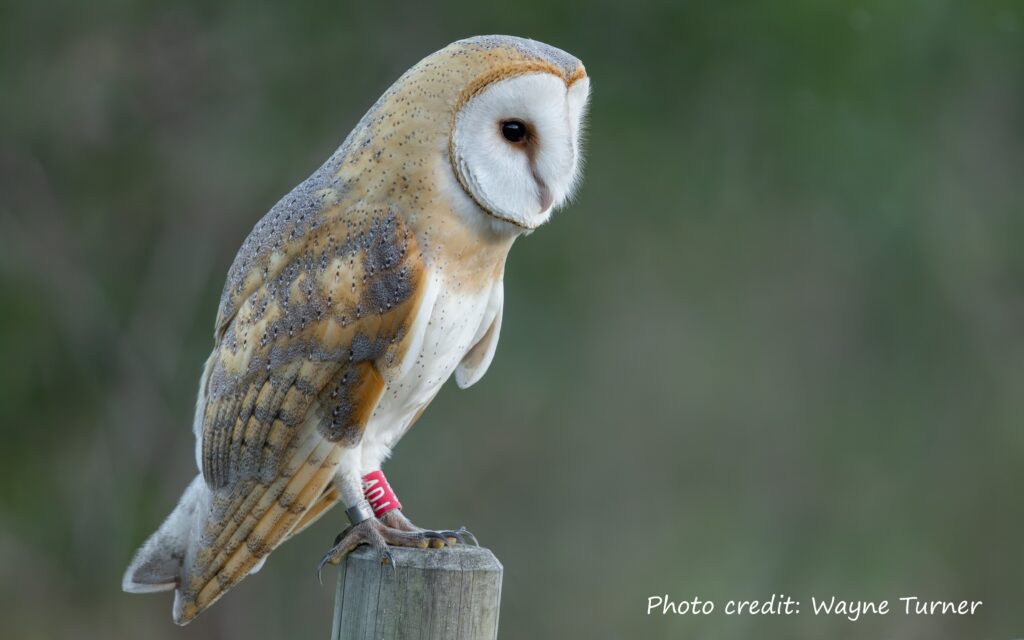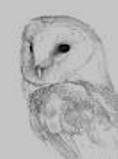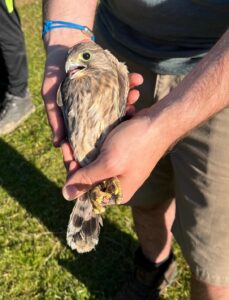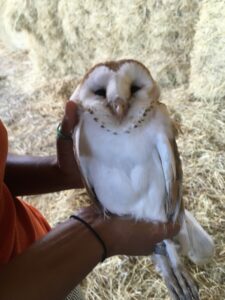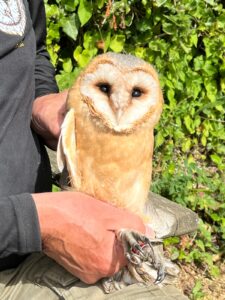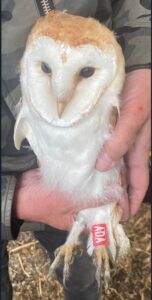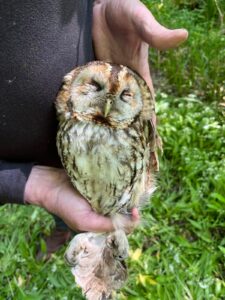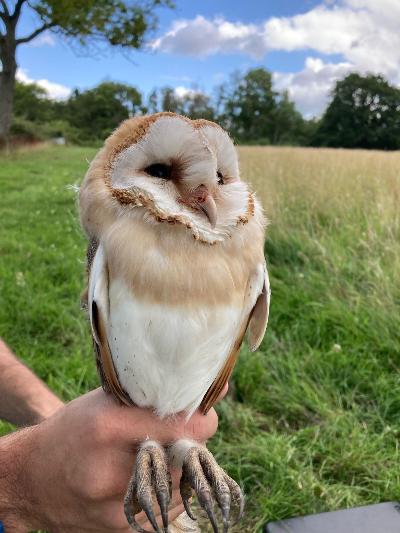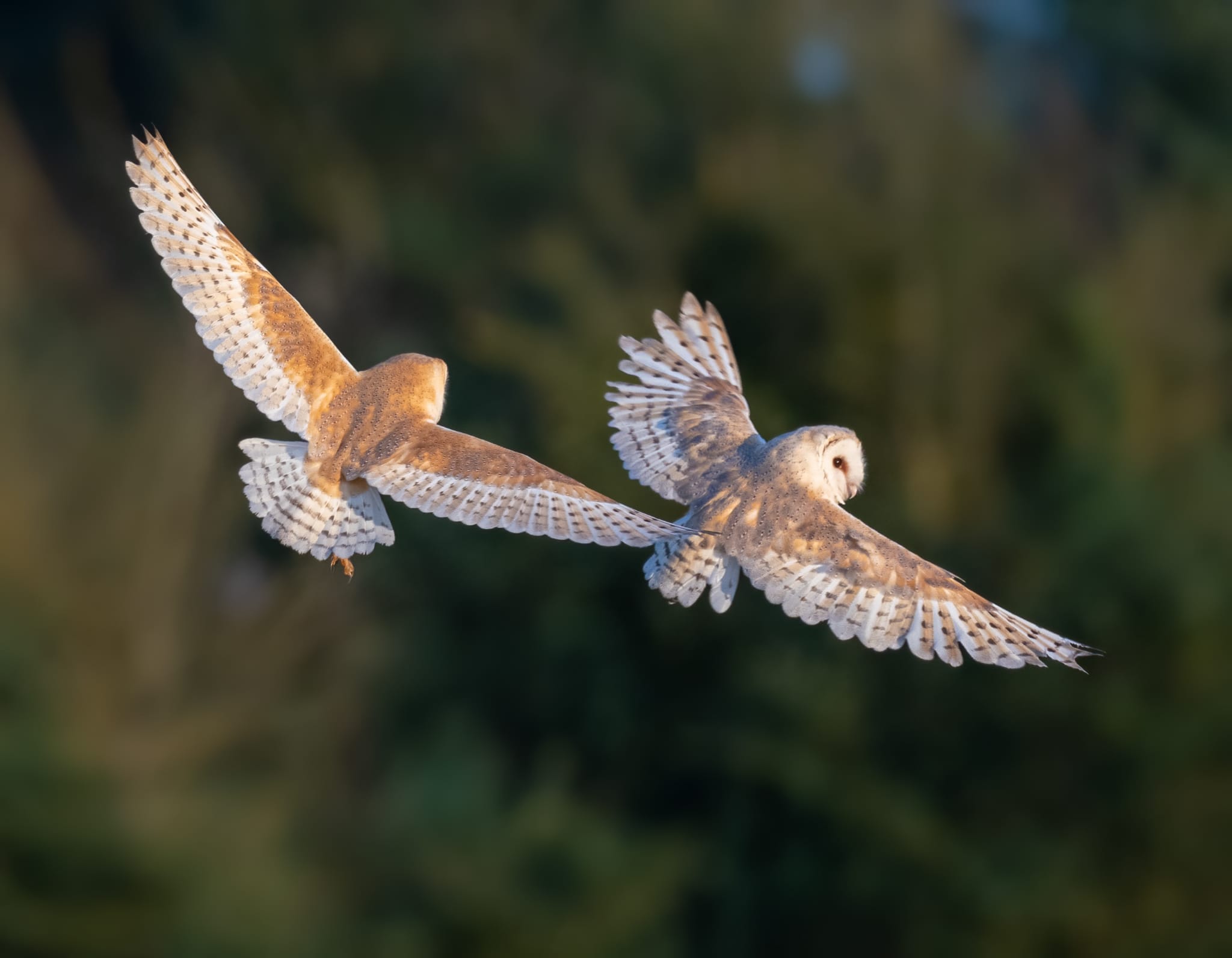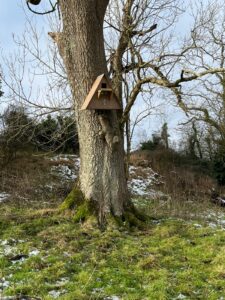 |
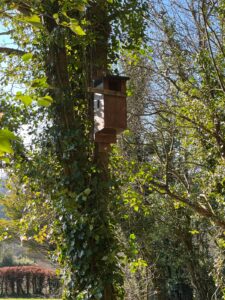 |
Photographs of Tawny Owl box installed near Friston Forest and Barn Owl box installed at Saddlescombe
Owl conservation and sightings
January and February are eventful times for the group with activity principally comprising of the installation of Barn Owl, Tawny Owl, Little Owl and Kestrel boxes on sites that have held birds or previously been highlighted as suitable locations.
In early January we have already installed 6 Tawny Owl and 3 Barn Owl boxes and due to supply challenges face a demanding February.
We are constantly seeking active volunteers in this respect so please contact us if you want to help conserve our Sussex Owls by getting involved.
Barn Owl colour ringing update
Since we have commenced the Barn Owl colour ringing project, we have received news of sightings and unfortunate recoveries. Sightings have revealed movements more than 40 Km of 2 chicks ringed this year! We have received 4 observations of chick dispersal in the 12 to 22Km range and a further 6 of chicks roaming between 2 and 4Km.
Our farthest recovery report was of a bird that had dispersed 46Km.
All reports of Barn Owls are valuable to us so please inform us of your successful observations and submit them to eBird or BirdTrack.
Please note if you request, we are happy to add your sighting(s) to one of these apps if you are unable to do so. This will ensure a more meaningful species population account.
Thanks to everyone that have submitted Barn Owl sightings to us and please keep them coming to info@sussexbarnowls.org
Best wishes for 2025
